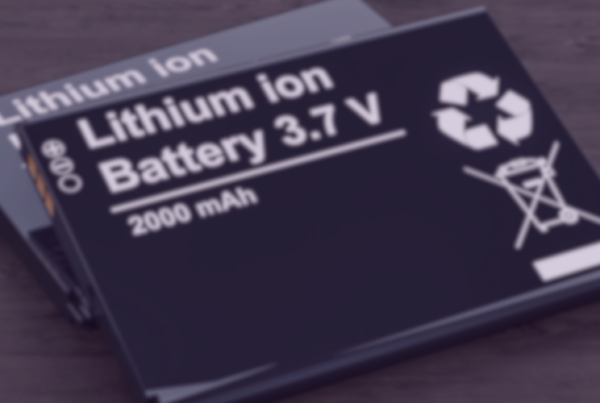Real (adjusted for inflation) U.S. Gross Domestic Product (GDP) numbers were released for the third quarter (Q3) and are higher than expected. Does this mean that the economic outlook is bright for the recycled materials industry? Too early to tell? Well, it depends where you find yourself standing in the economy.
According to the advanced estimates from the Bureau of Economic Analysis, GDP grew at an annual rate of 4.9% in the third quarter of 2023, slightly higher than the consensus estimate of 4.7% and more than double the 2.1% increase from the previous quarter. The increase came primarily from increases in consumer spending, private inventory investment, and federal government spending, residential fixed investment, and exports.
“We’re encouraged by the overall growth of the economy but remain concerned about the manufacturing sector,” said ISRI Chief Economist, Joe Pickard. “This concern is reflected in the Institute for Supply Management’s October’s Manufacturing Purchasing Managers Index (PMI) –signaling that economic activity in the manufacturing sector contracted for the 12th consecutive month.”
Inflation also remains a concern even though the federal funds effective rate has remained steady since late July. During Q3, the Gross Domestic Purchases Price Index — a measure of inflation in the prices paid by consumers, businesses, and governments in the U.S., including the imports they buy — was 2.9%. A year ago, in Q3 2022, this index was 7.0%. With this welcomed lowering of inflation, the rate remains above the Federal Reserve Board’s goal of 2%, causing concern of a rate hike at next month’s Federal Open Market Committee’s (FOMC) meeting.
The Producer Price Index measures the average change over time in the selling prices received by domestic producers for their output. During Q3, final demand increased 1.3% (seasonally adjusted). If this increase were annualized, it suggests a 5.2% increase in producer prices over the next year, causing concern for the recycled markets industry.
During Q3, all commodities were up 2.1%, with paper (up 9.2%) and iron and steel (up 1.7%) seeing the biggest increases followed by aluminum (down 0.6%). Copper (down 1.6%) and nonferrous (down 1.0%) decreased during the quarter. Data on plastic was not released at the time of publication.
Data from the Census Bureau shows that building materials were down 0.7% during Q3. The housing market could be a reason why materials were in the positive but also the reason why they saw meager gains. Total housing permits — the number of new privately-owned housing units authorized by building permits in the U.S. — were down 3.9%. Housing starts — the start of construction on a new residential housing unit — were down nearly 10%%. Due to decreased sales of existing homes (-4.9%) housing inventory increased by 4.7%. Increased inventory can signal less people willing to buy a home. Increasing mortgage rates also significantly erodes buyer purchasing power, putting additional strain on the market.
The housing market is a key driver of demand for recycled material end-uses (appliances, wiring, carpets) and for the generation of curbside collection volumes. One source of concern is the continued high level of authorized housing permits not started.
Autos/parts data from the bureau was also released for Q3 showing they were up 1.4%. The United Auto Workers strike could continue to impact the autos/parts number through the fourth quarter and beyond with a rippling effect.
“Recyclers continue to face a range of challenges and opportunities this year. Though the manufacturing sector is hurting, we are hopeful that current investments and efforts to promote sustainability and decarbonization will bode well for the recycled materials industry going forward,” said Pickard.










